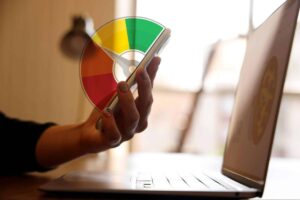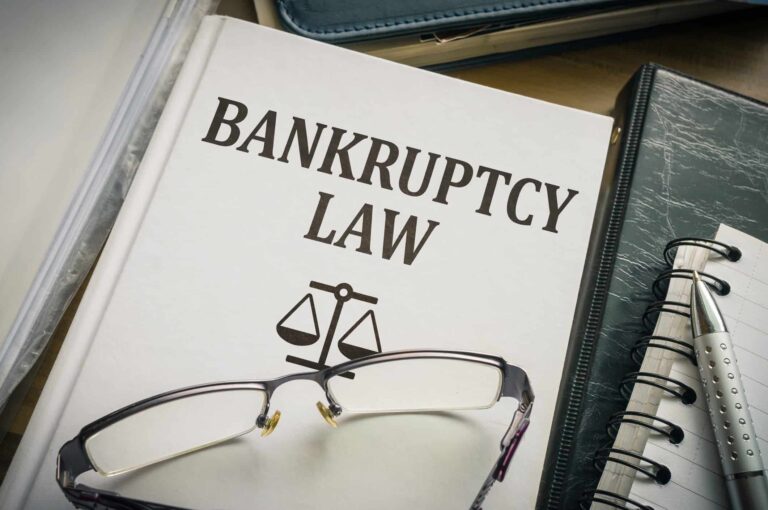Understanding The Different Types Of Bankruptcy
After the global recession in 2008, many firms have downsized and many firms as well as individuals have gone bankrupt due to the financial crunch. There are still many people who are trapped in the claws of the crunch and have been unable to recover from it. If you have come to a point where there is no other alternative left than to file for bankruptcy, you should have a deep understanding of the subject before moving on.
Bankruptcy is a legal status of an individual or a company that goes insolvent and is unable to pay off their debts. There are many different types of bankruptcy which are mentioned in the Federal Bankruptcy Act in detail. Below are some of the most common types of bankruptcy that you should know about.
CHAPTER 7 BANKRUPTCY
This type of bankruptcy is the most common type of bankruptcy. It is also the most severe type. Chapter 7 Bankruptcy is mostly used by insolvent individuals and sometimes by businesses. Under this type of bankruptcy, an individual’s assets are collected by a trustee appointed by the bankruptcy court. All assets have to be liquidated and the cash proceeds from the liquidation are used to pay off the individual’s creditors. Some assets are exempt under the Federal or State law and do not need to be liquidated. These may include your house, car, household appliances, clothing, work-related tools, pension and life-insurance. Once you file for a Chapter7 Bankruptcy, you will not be allowed to file another bankruptcy for the next six years.
CHAPTER 13 BANKRUPTCY
This type of bankruptcy is designed for individual debtors who have a stable source of revenue. Even small businesses can use this type of bankruptcy. Also known as “individual reorganization, Chapter 13 Bankruptcy requires a debtor to pay off their dues in a time period of three to five years. Under this type, all the property stays in the ownership of the debtor. Another benefit of Chapter 13 Bankruptcy is that it does not have any time restrictions regarding when it can be filed next.
CHAPTER 11 BANKRUPTCY
This is specifically for huge businesses but can be used by individuals as well. This reorganization plan is very similar to Chapter 13 but has additional requirements. If debtors only want to pay off all their debts while trying to restore their creditworthiness, the most preferable pans for bankruptcy are Chapter 11 and Chapter 13. In this case, Chapter 7 is not suitable.
CHAPTER 12 BANKRUPTCY
This is a voluntary plan which has been developed for fishermen and farmers with a stable income. However, for farmers and fishermen who earn a seasonal income, there are certain exceptions. This plan requires an individual to pay all or a portion of their debt over a pre-determined period of time. This plan is less intimidating than Chapter 11.






